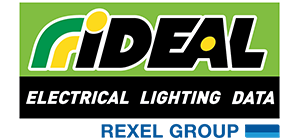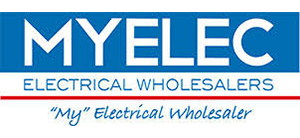In Queensland, new legislation introduced on 1 January 2017 specifies the type, positioning, and interconnectedness of alarms, which are critical factors for an early warning and quick escape.
For existing dwellings
From 1 January 2017. When replacing smoke alarms, they must be of a photoelectric type which complies with Australian Standard (AS) 3786-2014.
Existing smoke alarms manufactured more than ten years ago must be replaced. (Note: Smoke alarms should have the date of manufacture stamped on them.)
Smoke alarms that do not operate when tested must be replaced immediately.
Existing hardwired smoke alarms that need replacement must be replaced with a hardwired smoke alarm.
From 1 January 2027. Smoke alarms in all dwellings must:
- be photoelectric (AS3786:2014); and
- not also contain an ionisation sensor; and
- be less than 10 years old; and
- operate when tested; and
- be interconnected with every other smoke alarm in the dwelling so all activate together.
Smoke alarms must be installed on each storey:
- in each bedroom; and
- in hallways which connect bedrooms and the rest of the dwelling; or
- if there is no hallway, between the bedrooms and other parts of the storey; and
- if there are no bedrooms on a storey, at least one smoke alarm must be installed in the most likely path of travel to exit the dwelling.
Smoke alarms must be either hardwired or powered by a non-removable 10-year battery.
Dwellings being sold, leased or an existing lease is renewed
From 1 January 2017. Requirements as for existing dwellings. Existing landlord’s and tenant’s obligations regarding the installation and testing of smoke alarms continue.
Property sellers must continue to lodge a Form 24 with the Queensland Land Registry Office stating the requirements of the smoke alarm legislation have been met.
From 1 January 2022. Smoke alarms in the dwelling must:
- be photoelectric (AS3786-2014); and
- not also contain an ionisation sensor; and
- be less than 10 years old; and
- operate when tested; and
- be interconnected with every other smoke alarm in the dwelling so all activate together.
Smoke alarms must be installed on each storey:
- in each bedroom; and
- in hallways which connect bedrooms and the rest of the dwelling; or
- if there is no hallway, between the bedrooms and other parts of the storey; and
- if there are no bedrooms on a storey, at least one smoke alarm must be installed in the most likely path of travel to exit the dwelling.
Smoke alarms must be hardwired or powered by a non-removable 10-year battery.
New dwellings and dwellings being substantially renovated
From 1 January 2017. The development approval process for new dwellings and substantial renovations will ensure that building approvals received on or after this date will bring dwellings into compliance with the new laws.
Smoke alarms in the dwelling must:
- be photoelectric (AS3786:2014); and
- not also contain an ionisation sensor; and
- be hardwired to the mains power supply with a secondary power source (i.e. battery); and
- be interconnected with every other smoke alarm in the dwelling so all activate together.
Smoke alarms must be installed on each storey:
- in each bedroom; and
- in hallways which connect bedrooms and the rest of the dwelling; or
- if there is no hallway, between the bedrooms and other parts of the storey; and
- if there are no bedrooms on a storey at least one smoke alarm must be installed in the most likely path of travel to exit the dwelling.
To read more, visit Queensland Fire and Emergency Services https://www.qfes.qld.gov.au/community-safety/smokealarms/Pages/default.aspx
















